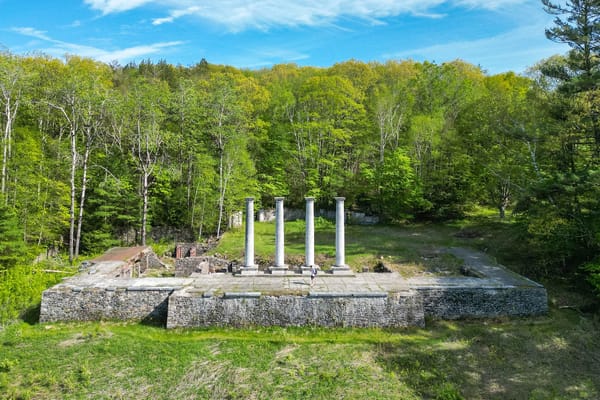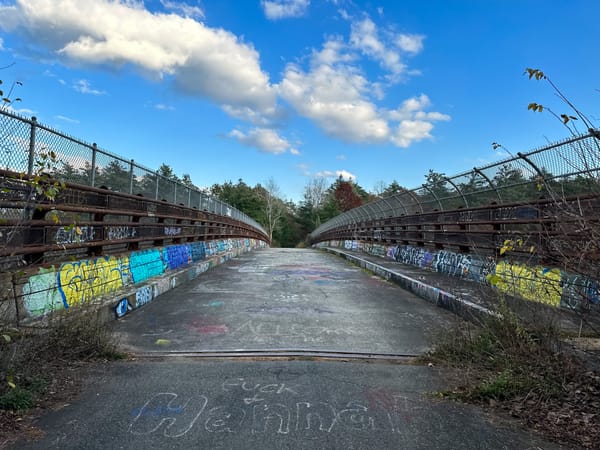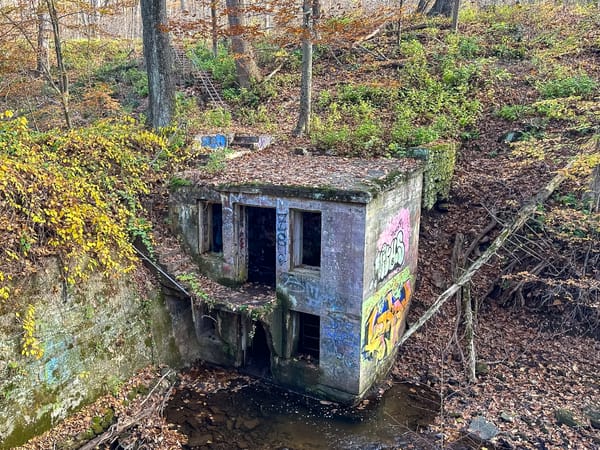Battery 213 (Jamestown, RI)
Battery 213 is an abandoned coastal gun battery located near Point Judith Lighthouse in Jamestown, Rhode Island.
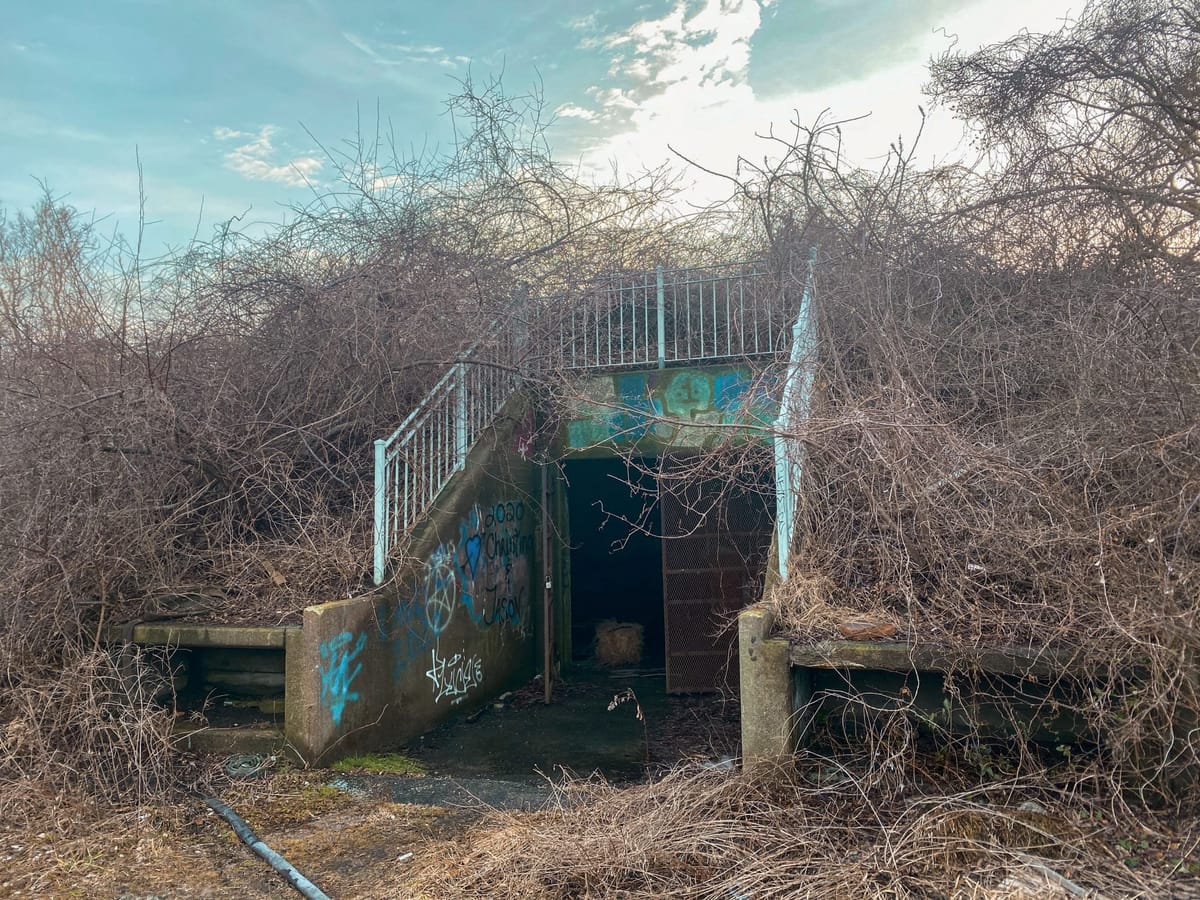
Tucked within the rocky shoreline of Beavertail State Park in Jamestown, Rhode Island, stands a piece of forgotten military history — Battery 213. While most visitors come for the iconic Beavertail Lighthouse, few realize that this same peninsula once served as a critical coastal defense post guarding the entrance to Narragansett Bay.
Perched on a point where two major sea passages meet the Atlantic Ocean, Beavertail’s location made it the perfect site for a watchful battery — a silent guardian that once played a pivotal role during World War II.
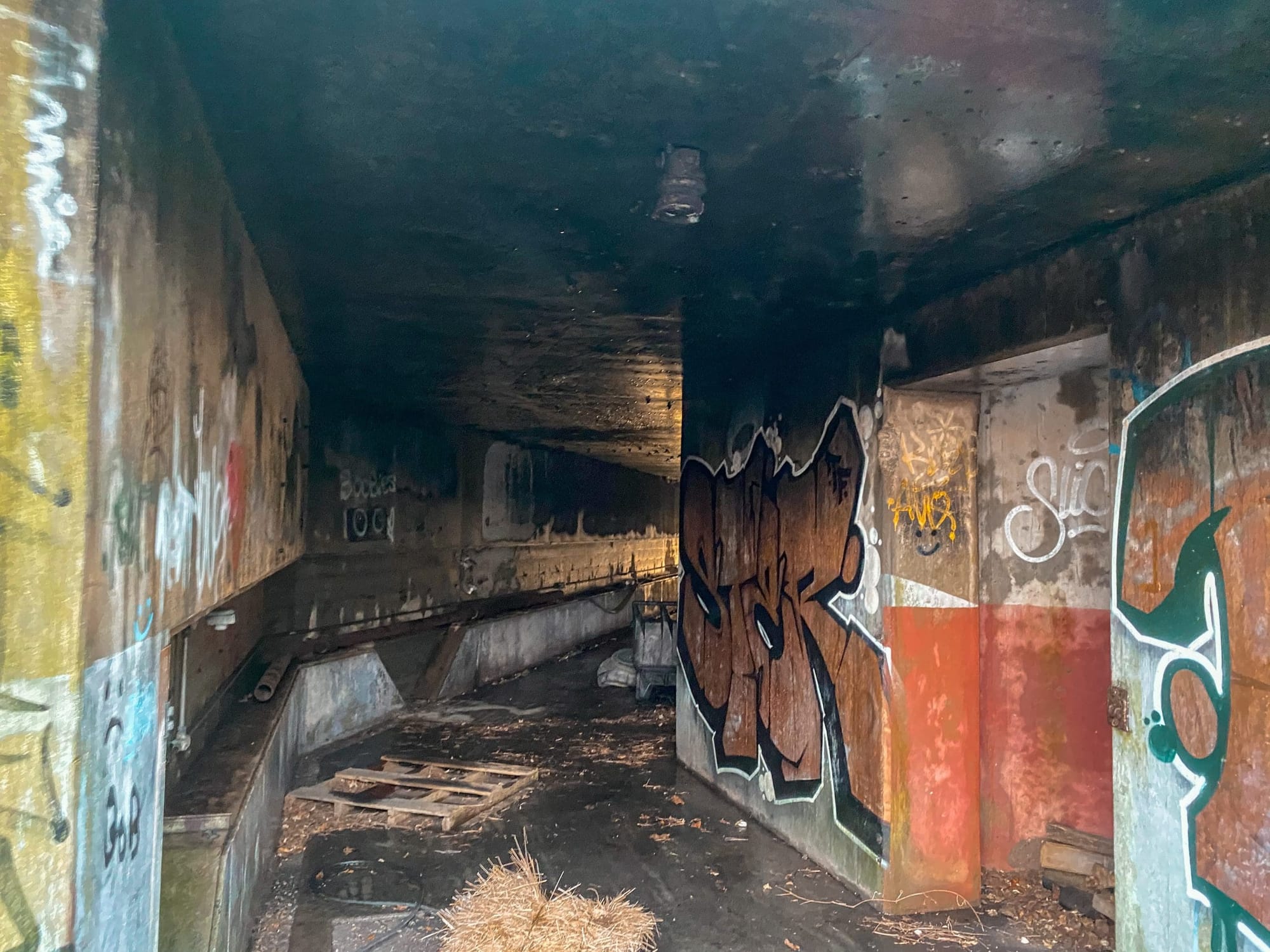
The Strategic Importance of Beavertail State Park
Throughout the 20th century, Rhode Island’s coastline was heavily fortified to protect Narragansett Bay and the Navy installations at Newport. Fort Burnside, located on the Beavertail peninsula, was one such defense complex — and Battery 213 became its most significant wartime addition.
The battery’s purpose was to replace aging Endicott-era installations and strengthen the region’s harbor defenses against potential enemy ships and submarines during World War II.

The Construction of Battery 213
Construction began on February 19, 1942, just months after the attack on Pearl Harbor. The project was completed remarkably quickly — by June 30, 1943 — at a total cost of $239,623.
That December, the structure was officially transferred to the U.S. Army Coast Artillery, marking its brief but vital operational period.
Of the 87 coastal defense batteries planned across the United States during World War II, only 45 were completed. Battery 213 was one of them — a testament to the urgency and resourcefulness of the era. Interestingly, many of these massive projects weren’t finished until after the war, underscoring the logistical challenges of wartime construction.

Inside Battery 213: A Look at Its Design
At the heart of Battery 213 lies a 175-foot reinforced concrete magazine, a massive underground complex that once stored ammunition, shells, and supplies. Inside were:
- Shell rooms and powder rooms
- Meeting and storage chambers
- Support spaces for artillery crews
The battery’s primary firepower came from two 6-inch M1905 rapid-fire guns, each mounted on M1 Shielded Barbette Carriages. These guns could launch 105-pound armor-piercing projectiles more than 15 miles across the Atlantic — easily capable of defending the bay from hostile ships.

The Post-War Years and Abandonment
After World War II ended, the United States began decommissioning many of its coastal defenses. By 1948, just a few years after its completion, Battery 213 was abandoned.
Its guns were removed, and the facility was sealed, leaving only traces of its once-powerful presence.
Today, the concrete gun pads remain visible on either side of the buried magazine. Over time, nature reclaimed the site — but its foundations still whisper stories of the tense wartime years along Rhode Island’s coast.
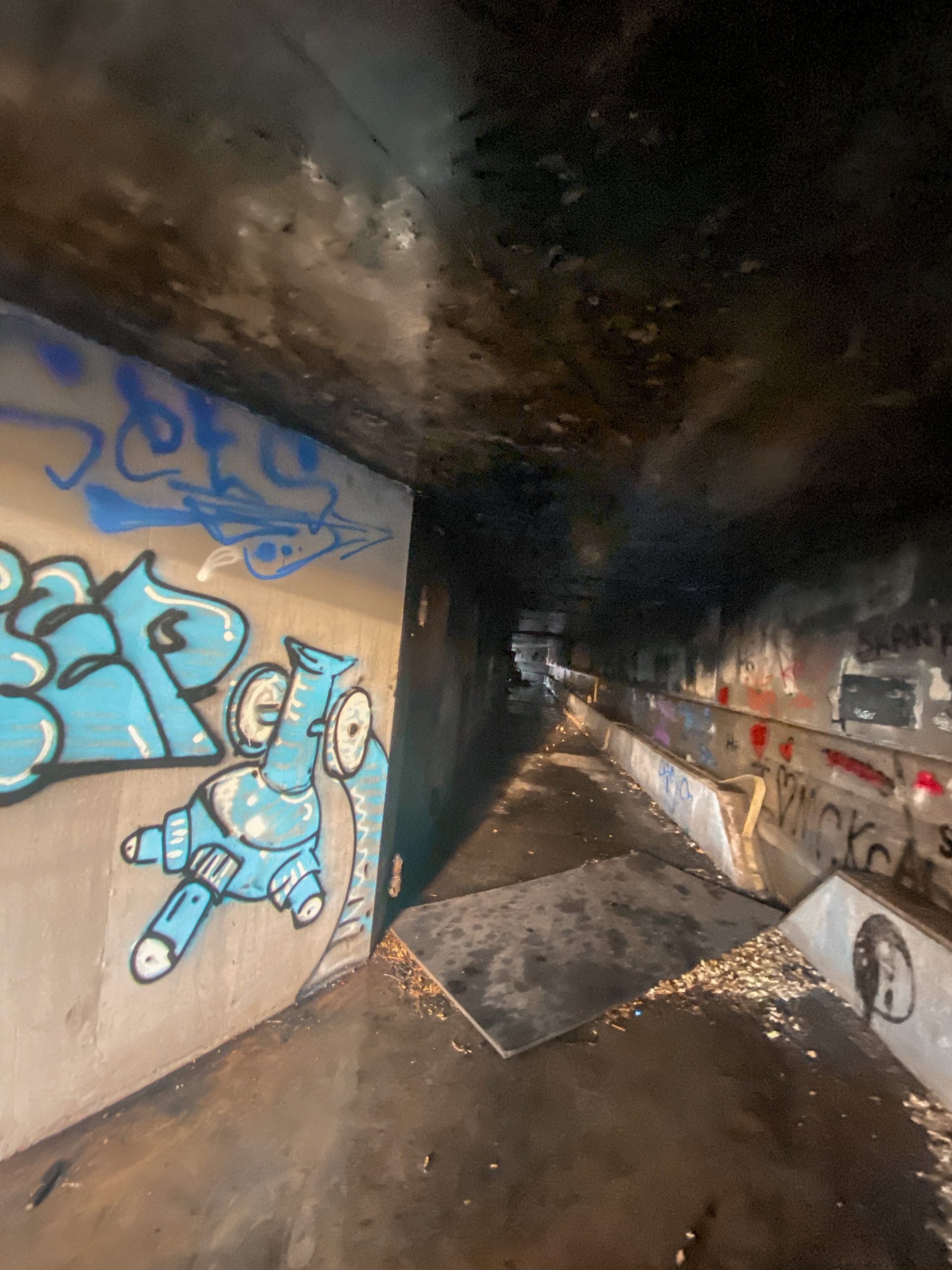
Visiting Battery 213 Today
Exploring Battery 213 is a must for history buffs and casual visitors alike. The ruins are located just off Beavertail Road, only steps away from the main Beavertail Lighthouse parking area.

Visitor Tips
- 🅿️ Parking: Free, plentiful parking is available at Beavertail State Park.
- ⏰ Best time to visit: Early mornings or weekdays — summer afternoons can get crowded.
- 🚶 Accessibility: The ruins are easily walkable from the main lighthouse area; no special equipment is needed.
- 📸 Photography tip: Visit near golden hour for dramatic light over Narragansett Bay.
Even though the main magazine remains buried beneath the earth, visitors can still trace its outline and imagine the energy that once filled these coastal defenses.
Why Battery 213 Matters
Battery 213 isn’t just another relic — it’s a physical link to Rhode Island’s World War II history. Standing among the concrete remnants, you can picture the soldiers who once manned the guns, scanning the horizon for enemy ships that never came.
Combined with the natural beauty of Beavertail’s cliffs and the constant crash of waves below, Battery 213 offers a unique mix of history and scenery that few places in New England can match.
Quick Facts
- 📍 Location: Beavertail State Park, Jamestown, RI
- 🕰 Built: 1942 – 1943
- ⚔️ Operated by: U.S. Army Coast Artillery Corps
- 💣 Armament: Two 6-inch M1905 guns on M1 carriages
- 📷 Highlights: Concrete pads, buried magazine, scenic ocean views
Final Thoughts
Whether you’re visiting Beavertail Lighthouse or exploring Fort Burnside’s coastal remains, make time to walk the short path to Battery 213. It’s a fascinating reminder of Rhode Island’s strategic role in World War II — and how even the mightiest fortifications eventually yield to time and tide.

